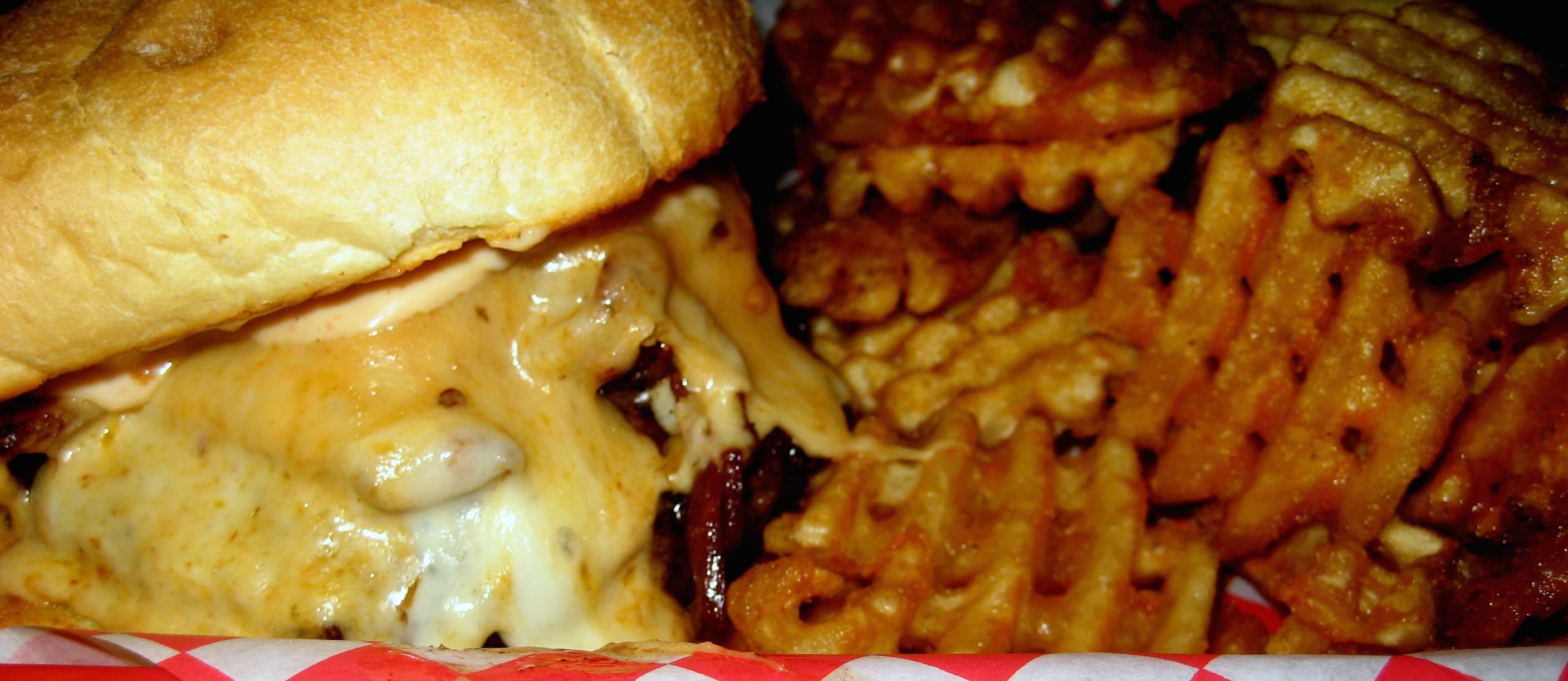The food industry, like the tobacco companies and other drug lords, has been able to come up with products that tap into the same dopamine reward system that keeps people smoking cigarettes, using marijuana, and eating candy bars (See Are Sugary Foods Addictive?). New research, highlighted in my video Are Fatty Foods Addictive? suggests that fat may have similar effects on the brain. If people are fed yogurt packed with butter fat, within 30 minutes they exhibit the same brain activity as those who just drank sugar water.
People who regularly eat ice cream (sugar and fat) have a deadened dopamine response in their brains in response to drinking a milkshake. It’s similar to when drug abusers have to use more and more to get the same high. Frequent ice cream consumption “is related to a reduction in reward-region (pleasure center) responsivity in humans, paralleling the tolerance observed in drug addiction.” Once we’ve so dulled our dopamine response, we may subsequently overeat in an effort to achieve the degree of satisfaction experienced previously, contributing to unhealthy weight gain.
What do fatty and sugary foods have in common? They are energy-dense. It may be less about the number of calories than their concentration. Consumption of a calorie-dilute diet doesn’t lead to deadened dopamine responsivity, but a calorie-dense diet with the same number of calories does. It’s like the difference between cocaine and crack: same stuff chemically, but by smoking crack cocaine we can deliver a higher dose quicker to our brain.
As an aside, I found it interesting that the control drink in these milkshake studies wasn’t just water. They can’t use water because our brain actually tastes water on the tongue (who knew!). So instead the researchers had people drink a solution “designed to mimic the natural taste of saliva.” Ew!
Anyway, with this new understanding of the neural correlates of food addiction, there have been calls to include obesity as an official mental disorder. After all, both obesity and addiction share the inability to restrain behavior in spite of an awareness of detrimental health consequences, one of the defining criteria of substance abuse. We keep putting crap in our bodies despite the knowledge that we have a problem that is likely caused by the crap, yet we can’t stop (a phenomena called the “pleasure trap”).
Redefining obesity as an addiction, a psychiatric disease, would be a boon to the drug companies that are already working on a whole bunch of drugs to muck with our brain chemistry. For example, subjects given an opiate blocker (like what’s done for people with heroin overdoses to block the effects of the drug) eat significantly less cheese — it just doesn’t do as much for them anymore when their opiate receptors are blocked.
Rather than taking drugs, though, we can prevent the deadening of our pleasure center in the first place by sticking to foods that are naturally calorically dilute, like whole plant foods. This can help bring back our dopamine sensitivity such that we can again derive the same pleasure from the simplest of foods (see Changing Our Taste Buds). And this is not just for people who are obese. When we regularly eat calorie dense animal and junk foods like ice cream, we can blunt our pleasure so that we may overeat to compensate. When our brain down-regulates dopamine receptors to deal with all these jolts of fat and sugar, we may experience less enjoyment from other activities as well.
That’s why cocaine addicts may have an impaired neurological capacity to enjoy sex, and why smokers have an impaired ability to respond to positive stimuli. Since these all involve the same dopamine pathways, what we put into our body—what we eat—can affect how we experience all of life’s pleasures.
So to live life to the fullest, what should we do? The food industry, according to some addiction specialists, “should be given incentives to develop low calorie foods that are more attractive, palatable and affordable so that people can adhere to diet programs for a long time.” No need! Mother Nature beat them to it–that’s what the produce aisle is for.
By starting to eat healthfully, we can actually change how things taste. Healthiest means whole plant foods, which tend to be naturally dilute given their water and fiber content. Not only is fiber also calorie-free, but one might think of it as having “negative” calories, given the fermentation of fiber in our bowel into anti-obesity compounds (as well as anti-inflammatory, anti-cancer compounds). For this reason, those eating plant-based diets eat hundreds of fewer calories without even trying. (See my video Nutrient-Dense Approach to Weight Management).
-Michael Greger, M.D.
PS: If you haven’t yet, you can subscribe to my videos for free by clicking here and watch my full 2012 – 2015 presentations Uprooting the Leading Causes of Death, More than an Apple a Day, From Table to Able, and Food as Medicine.
